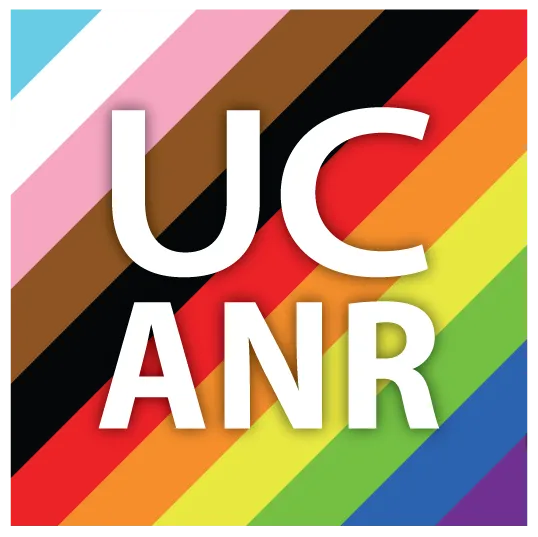 What is the Bi+ community?
What is the Bi+ community?

Definitions
The UC Santa Barbara Resource Center for Sexual & Gender Diversity (2021) provides the following description of identity terms that may be included in the Bi+ Community:
Bisexual: “A person whose primary sexual and affectional orientation is toward people of their same gender and of other genders, or towards people regardless of their gender. Another definition that some people define bisexuality is being attracted to men and women.”
Pansexual: “An attraction to all genders without a preference: either not seeing genders or choosing for it to not be a determinant factor.” [Another common definition of pansexual is provided by the LGBT Foundation (2017): “being attracted to people regardless of gender…Pansexual people aren’t attracted to all other people, but they are attracted to people of all genders. This is different from being attracted to everyone; in the same way that a heterosexual woman will not be attracted to all men and a lesbian woman will not be attracted to all women, pansexual people will experience attraction to specific people and not others.”
Omnisexual: “An attraction to all genders with a preference to one over the others.”
The American Psychological Association (2021) indicates that “bisexual people may comprise the largest single group in the LGB community” (APA, 2021). However, individuals who are bisexual frequently experience erasure and negativity from both the heterosexual and LGBTQ+ community, as many people believe that bisexuality does not really exist. The APA (2021) states that this “may explain evidence suggesting higher rates of health disparities bisexuals experience” compared to monosexuals (individuals who are attracted to one gender).
What is the history of the Bi+ Community?
NSVRC provided a thoughtful blog post on the history of the Bi+ community, and mentions bisexual erasure.
In 2020, Merriam-Webster updated the definition of bisexuality to acknowledge gender identities and attraction to people outside of the female/male binary.
Each year, the visibility of the Bi+ community is acknowledged in March during Bi+ Health Awareness Month and the week of September 16 for Bisexual+ Awareness Week, culminating on September 23, International Celebrate Bisexuality Day.
Resources
The following items provide some insights.
Articles:
Deeper Read: Getting Bi: Voices of Bisexuals Around the World
Videos:
Psych2Go: What Does It Mean To Be Bisexual (3m50s)
Tania Israel (TEDx UCLA) Bisexuality and Beyond (18m33s)
Tee Noir Performative Bisexuality: Y’all Not Tired? (Warning: Bi+ phobic language is used in this video) (14m42s)
Engage:
Follow @BiNetUSA on X (Twitter). BiNet USA is America’s oldest advocacy organization for bisexual, pansexual, fluid, queer-identified and unlabeled people.
- #BiWeek
- #BiMenExist
As you engage with the resources above, we invite you to reflect:
What biases or assumptions might you have about people who are Bi+? How might those assumptions show up in the ways that you engage with others at work? How might you mitigate them?
What are some ways you can use more inclusive language in informal conversations with colleagues, clientele and your community? For example, can you use gender inclusive or neutral language when talking to someone about their partner(s) rather than assuming what their gender(s) might be?
